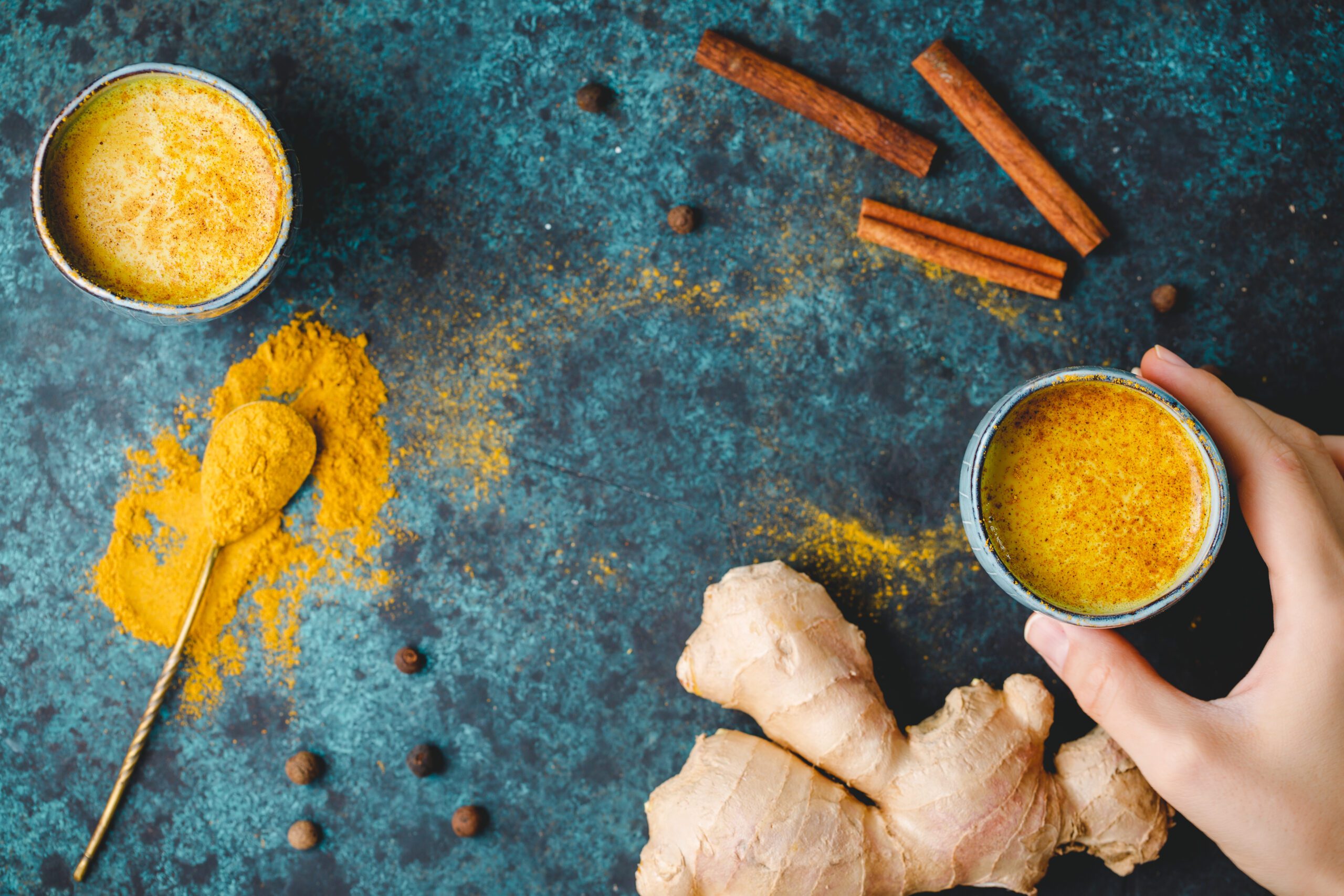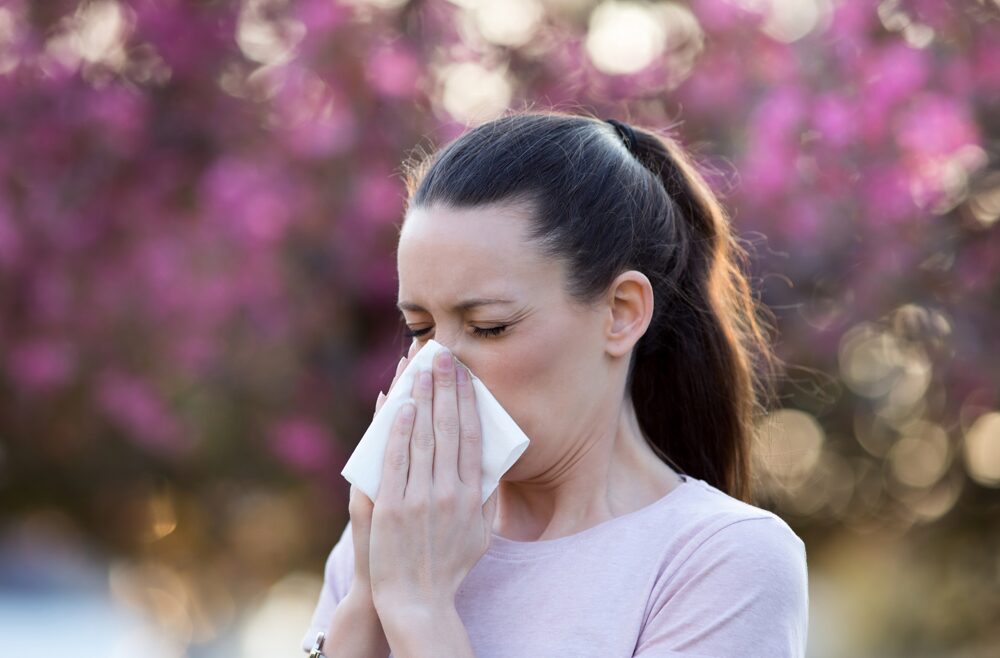Turmeric Benefits Explained for Reducing Inflammation After an Auto Accident
Unlock the benefits of turmeric for inflammation relief post auto accident. Enhance your recovery with natural remedies.
Comprehensive Guide to Inflammation, Pain, and Treatment After Motor Vehicle Accidents
Introduction
Motor vehicle accidents (MVAs) are a leading cause of injury worldwide, often resulting in complex health issues that can persist long after the crash. Among the most common consequences are inflammation and pain, particularly in the musculoskeletal system, which can significantly impact quality of life. This guide explores the clinical reasons behind these symptoms, focusing on whiplash trauma and ligamentous injuries, and discusses the role of natural supplements like turmeric in managing them. We also highlight the expertise of Dr. Alexander Jimenez, a distinguished practitioner in El Paso, Texas, who specializes in personal injury cases, using advanced diagnostic tools to support both medical and legal outcomes.
Let’s dive into the science of why MVAs hurt so much, with a bit of dark humor to keep things light—because who knew getting rear-ended could turn your neck into a biomechanical soap opera?
Clinical Rationale for Inflammation and Pain from MVAs
Whiplash Trauma: The Neck’s Unwanted Rollercoaster
Rear-impact collisions are notorious for causing whiplash, a condition where the head and neck undergo a rapid back-and-forth motion. This movement creates higher peak acceleration at the head than in the neck or lower spine, leading to significant strain on soft tissues (McConnell et al., 1993). The result? Musculoligamentous sprains or strains, with ligaments taking the brunt of the damage (Insurance Research Council, 2008).
Ligamentous Injuries: The Hidden Culprit
The cervical spine’s ligaments, especially the facet capsules, are particularly vulnerable during whiplash. The hyperextension and hyperflexion phases of the motion can overstretch these ligaments, causing laxity and instability (Siegmund et al., 2009). Unfortunately, these injuries are often invisible on standard MRI or CT scans, leading to underdiagnosis and chronic pain (Pettersson et al., 1994). It’s like your neck is staging a silent rebellion, and no one’s got the right camera to catch it.
Inflammation and Pain: The Body’s Overzealous Response
When ligaments are injured, the body responds with inflammation, sending immune cells and chemicals to repair the damage. This process causes pain, swelling, and stiffness, which can persist if the injury isn’t properly managed. Research shows that ligamentous damage is a common cause of chronic neck pain post-whiplash, making it a key factor in MVA-related suffering (Uhrenholt et al., 2010).
Symptoms of Whiplash-Related Injuries
Patients often experience:
- Neck pain and stiffness
- Headaches
- Radiating pain or numbness (if nerves are compressed)
- Dizziness
- Fatigue
These symptoms can linger, turning a fender-bender into a long-term headache—literally and figuratively.
| Symptom | Description |
|---|---|
| Neck Pain/Stiffness | Persistent discomfort and limited movement in the neck. |
| Headaches | Often tension-type, originating from neck strain. |
| Radiating Pain | Pain or numbness in arms/shoulders due to nerve compression. |
| Dizziness | Feeling unsteady, possibly from cervical proprioception issues. |
| Fatigue | General tiredness, sometimes linked to chronic pain. |
Role of Musculoskeletal Injuries in Auto Injuries
Beyond Whiplash: A Full-Body Impact
MVAs don’t just target the neck; they can cause a range of musculoskeletal injuries due to the high forces involved. Direct trauma from impact or indirect strain from rapid deceleration can affect bones, joints, and soft tissues across the body (Hoy et al., 2010).
Common Musculoskeletal Injuries
- Cervical Spine: Whiplash, strains, disc herniations.
- Thoracic/Lumbar Spine: Back strains, herniated discs, fractures.
- Ribs: Fractures from side impacts.
- Shoulders: Rotator cuff tears, dislocations.
- Extremities: Fractures, sprains, tendon injuries in elbows, wrists, hips, knees, or ankles.
Long-Term Consequences
Untreated musculoskeletal injuries can lead to:
- Chronic pain
- Reduced mobility
- Joint instability
- Arthritis
- Psychological issues (e.g., anxiety, depression)
It’s like your body’s warranty just expired after one bad crash.
| Injury Type | Common Sites | Potential Long-Term Effects |
|---|---|---|
| Cervical Strain | Neck | Chronic neck pain, headaches |
| Disc Herniation | Cervical/Lumbar Spine | Nerve compression, radiating pain |
| Rib Fracture | Chest | Breathing difficulties, chronic chest pain |
| Rotator Cuff Tear | Shoulder | Limited arm movement, weakness |
| Knee Ligament Tear | Knee | Instability, arthritis |
Eating Right to Feel Better- Video
Inflammation and Its Symptoms
What is Inflammation?
Inflammation is the body’s attempt to protect and heal injured tissues. It involves releasing chemicals like cytokines and prostaglandins, which attract immune cells to the injury site. While this is helpful initially, chronic inflammation can worsen pain and damage tissues (Steilen et al., 2014).
Symptoms in MVA Patients
In auto injuries, inflammation manifests as:
- Redness
- Heat
- Swelling
- Pain
- Loss of function
These symptoms can make even simple tasks feel like climbing Mount Everest with a backpack full of bricks.
Why It Matters
Chronic inflammation can delay recovery and contribute to conditions like cervical instability, where the spine loses its normal alignment. Managing inflammation is crucial for reducing pain and preventing long-term complications.
Turmeric and Its Benefits for Inflammation and Pain
Turmeric: The Golden Spice
Turmeric, derived from the Curcuma longa plant, has been a staple in Chinese and Indian medicine for centuries. Its active compound, curcumin, is known for its anti-inflammatory and antioxidant properties (Health.com).
How Curcumin Works
- Anti-Inflammatory: Curcumin may reduce inflammation by inhibiting inflammatory pathways, potentially easing pain in conditions like arthritis (Goel et al., 2008).
- Antioxidant: It neutralizes free radicals, protecting cells from damage.
- Other Benefits: Lab studies suggest antiviral and anticancer properties, though human evidence is limited (Chainani-Wu, 2003).
Potential for MVA Recovery
While more research is needed, curcumin’s anti-inflammatory effects could support recovery from MVA injuries by reducing swelling and pain. Some studies link it to improved liver function and lower cholesterol, which may aid overall health post-accident (WebMD).
Cautions
- Side Effects: High doses can cause reflux, low blood sugar, or increased bleeding risk.
- Medical Supervision: Pregnant women and those with gallbladder issues should avoid supplements unless prescribed (WebMD).
- Limited Evidence: Human clinical trials are sparse, so benefits are not guaranteed.
| Benefit | Evidence Level | Cautions |
|---|---|---|
| Anti-Inflammatory | Lab/Animal Studies | Possible digestive issues |
| Pain Reduction | Preliminary Human Studies | Increased bleeding risk |
| Antioxidant | Lab Studies | Not suitable for pregnant women |
Dr. Alexander Jimenez’s Approach to Personal Injury Cases
A Dual-Expertise Practitioner
Dr. Alexander Jimenez, a Doctor of Chiropractic (DC) and Board-Certified Family Nurse Practitioner (FNP-BC), is a leading figure in personal injury care in El Paso. His qualifications allow him to offer a holistic approach, combining chiropractic techniques with medical diagnostics (Chiromed).
Advanced Diagnostic Tools
Dr. Jimenez uses cutting-edge imaging and diagnostic methods, including:
- CT Scans: For detailed views of bones and soft tissues.
- MRI: To detect ligamentous and disc injuries.
- Endoscopic Procedures: Such as ERCP, which may involve dual-scope techniques for complex evaluations.
These tools help identify injuries that standard X-rays miss, ensuring accurate diagnoses (El Paso Chiropractor Blog).
Clinical and Legal Liaison
Dr. Jimenez’s detailed documentation links clinical findings to injury biomechanics, supporting legal claims. His ability to translate medical evidence into legal terms helps patients secure compensation for medical costs, lost wages, and pain (Personal Injury Doctor Group).
Comprehensive Care
His clinic, Chiromed, offers:
- Chiropractic adjustments
- Functional medicine
- Nutritional counseling
- Rehabilitation programs
This multidisciplinary approach addresses both physical and systemic effects of MVAs.
| Service | Purpose | Benefit |
|---|---|---|
| Advanced Imaging | Detect subtle injuries | Accurate diagnosis |
| Chiropractic Care | Restore spinal alignment | Pain relief, improved mobility |
| Nutritional Support | Reduce inflammation, support healing | Enhanced recovery |
| Legal Documentation | Link injuries to accident | Support for compensation claims |
Importance of Personal Injury Cases in El Paso
A High-Risk Region
El Paso’s location on the Texas-Mexico border, with its busy highways and border traffic, contributes to a high rate of MVAs. Personal injury cases are vital for helping victims recover physically, emotionally, and financially (LinkedIn).
Dr. Jimenez’s Community Impact
Rated highly by patients for years (RateMDs), Dr. Jimenez’s commitment to personalized care has made him a trusted figure. His clinic’s focus on evidence-based treatments, inspired by integrative medicine, supports El Paso’s accident victims in reclaiming their health.
Why It Matters
Personal injury cases ensure that victims receive fair compensation and access to quality care. Dr. Jimenez’s expertise bridges medical and legal needs, making him a cornerstone of El Paso’s recovery ecosystem.
Conclusion
Motor vehicle accidents can leave a lasting mark, with inflammation and pain stemming from complex injuries like whiplash and ligament damage. While natural remedies like turmeric show promise, their use requires caution and professional guidance. In El Paso, Dr. Alexander Jimenez’s advanced diagnostic techniques and comprehensive care offer hope for recovery, while his legal support helps victims navigate the aftermath.
Though we’ve sprinkled some humor to lighten the mood—because who doesn’t need a chuckle when their neck feels like it’s auditioning for a horror movie?—this topic is serious. MVAs can have profound consequences, and seeking expert care is essential.
Disclaimer: This guide is for informational purposes only and not a substitute for medical advice. Consult a qualified healthcare professional before starting any treatment or supplement.
Key Citations:
- Analysis of Human Test Subject Kinematic Responses to Low Velocity Rear End Impacts
- Auto Injury Insurance Claims: Countrywide Patterns in Treatment, Cost, and Compensation
- The Anatomy and Biomechanics of Acute and Chronic Whiplash Injury
- MRI and Neurology in Acute Whiplash Trauma: No Correlation
- Examinations of the Deceased Can Contribute to Whiplash Injury Understanding
- The Epidemiology of Neck Pain
- Chronic Neck Pain: Capsular Ligament Laxity and Cervical Instability
- Safety and Anti-Inflammatory Activity of Curcumin
- Curcumin as “Curcumin”: From Molecule to Medicine
- Turmeric Health Benefits Overview
- Turmeric Supplement Information
- Personal Injury Doctor Services
- Eat More Turmeric—Here’s How
- Dr. Alexander Jimenez LinkedIn Profile
- The Abdomen: Diagnostic Imaging Approach
- Top El Paso Chiropractor Ratings



